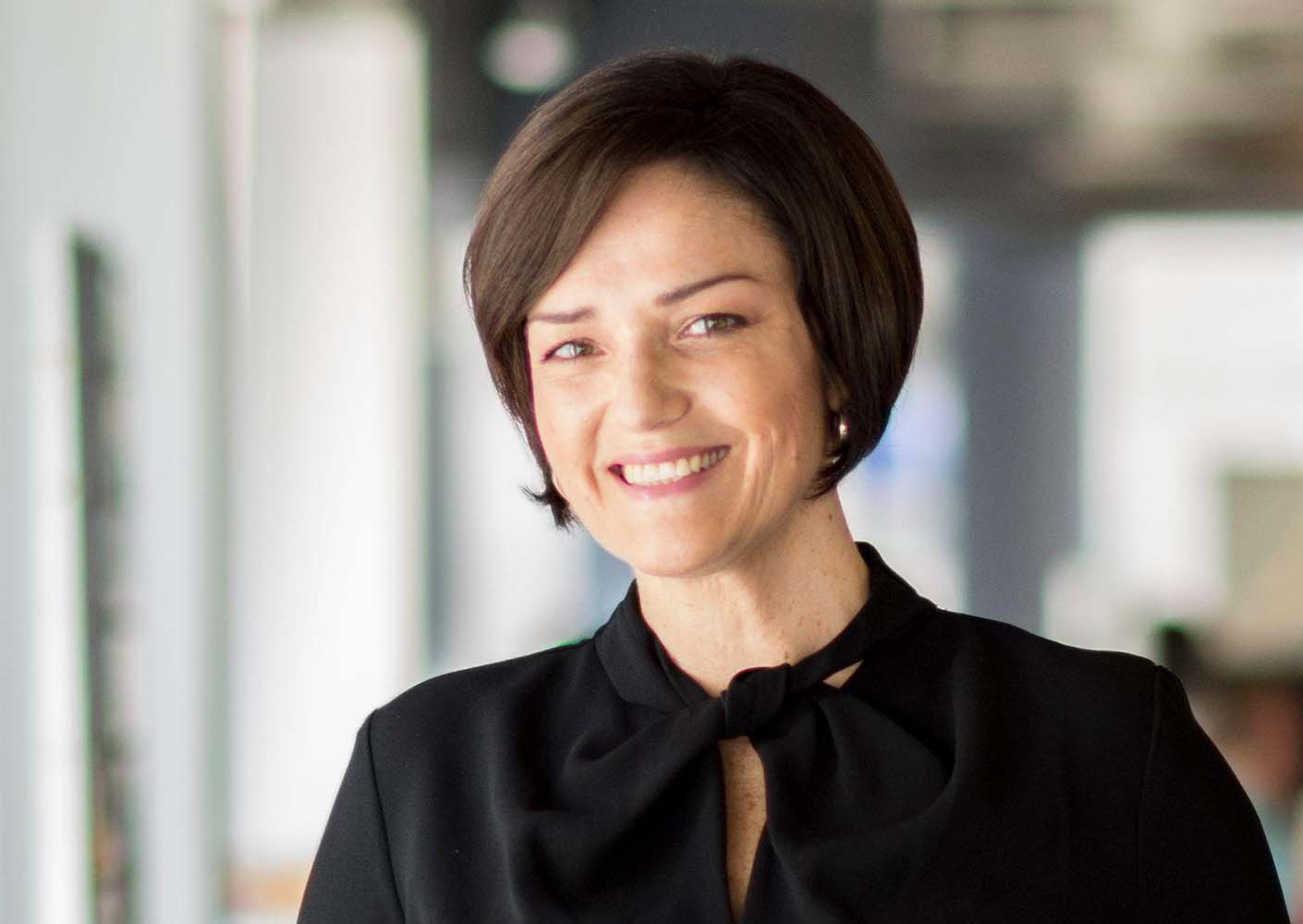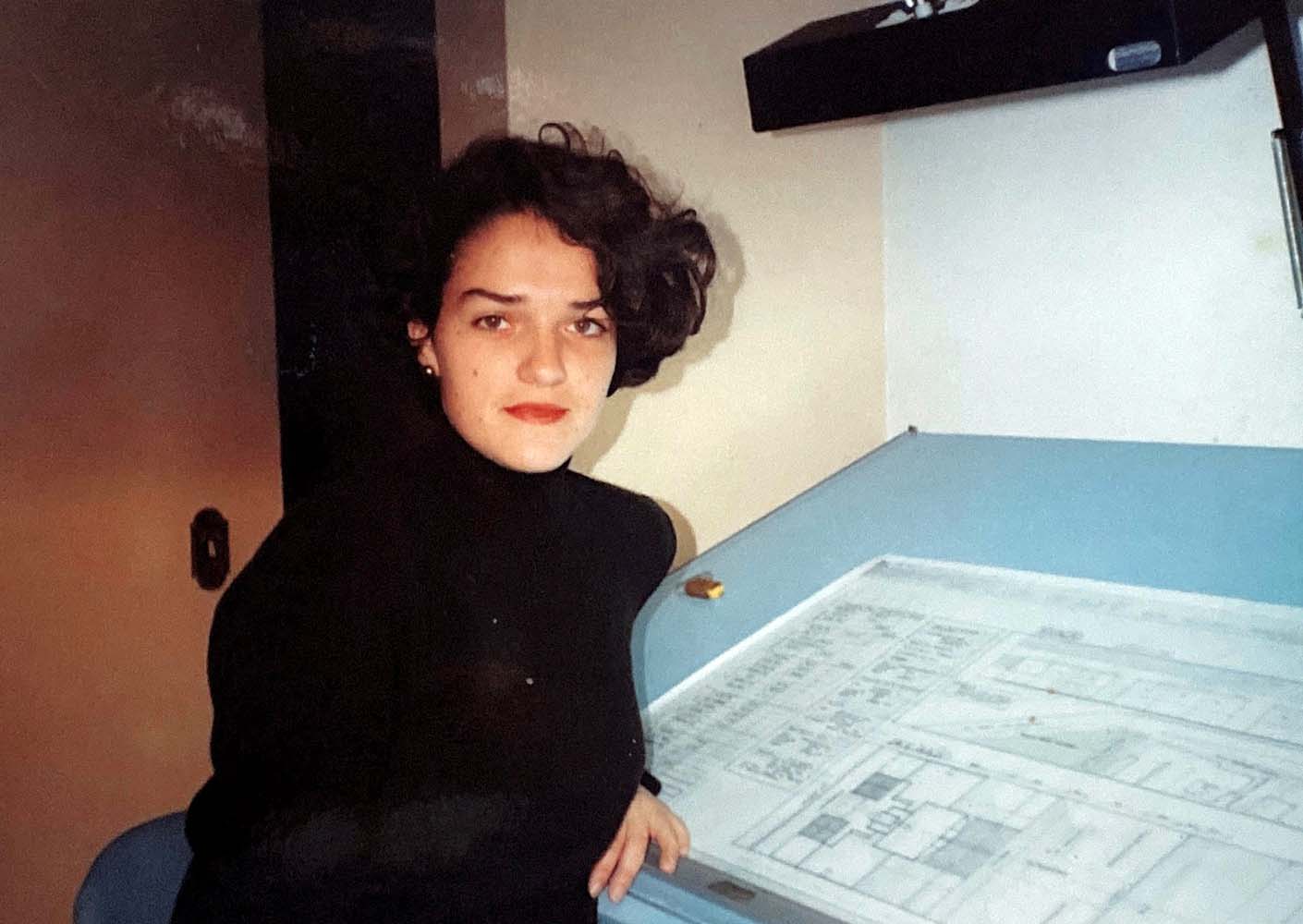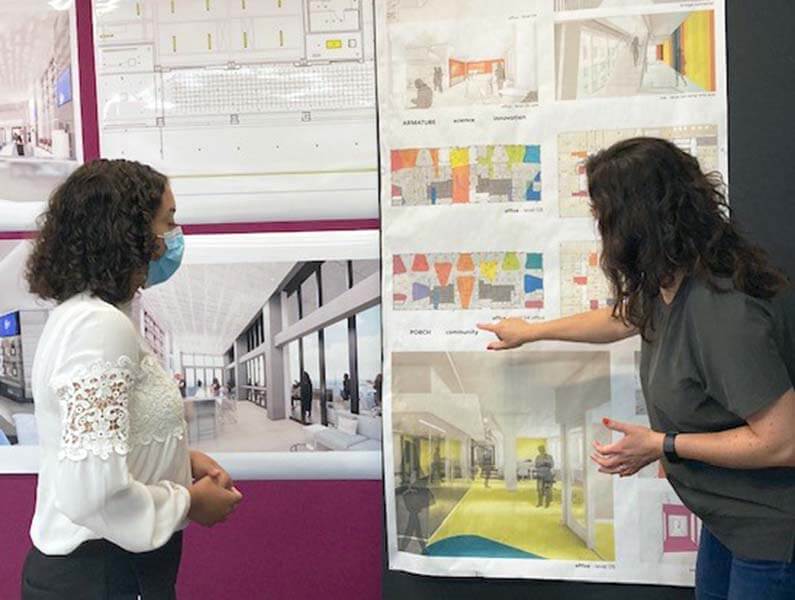Laura is a Senior Interior Designer and Senior Associate in our Boston studio.
Conversations with Colleagues: Laura Dueñas


Laura is a Senior Interior Designer and Senior Associate in our Boston studio.
Q: What drew you to the design profession, and what’s keeping you here?
A: I was always fascinated by history, archaeology, and the stories of different cultures. I believe that growing up in a family with a diverse, multi-cultural background influenced me in so many ways. My grandfather had an artistic side, and painting and drawing were hobbies of his that I appreciated so much from early age. His gifts to me were always beautiful colored pencil and paint sets, and we would spend summers sketching and painting with watercolors. The mix of art, along with my father’s stories about cities and different cultures, got me thinking from an early age about pursuing Art or Architecture. I also come from a family of engineers; my uncles would proudly take me to see their construction sites during my vacations with my mom’s family. I made the decision to pursue a career in architecture when I was about 15 years old, which influenced two younger cousins to pursue Architecture after me.
Our work as architects and designers impacts people’s lives and the way they work, and we support our clients to thrive in their journeys and endeavors—that is a very good reason to keep designing.

Q: In what ways do you feel your work is contributing to diversity, inclusion, and engagement in the design profession?
A: As a regular guest critic to the Wentworth Institute of Technology’s School of Architecture and Design, I have the opportunity to share my knowledge, advice, and skills with students from different studios. It is important for them to learn from our guidance, as well as from our stories and professional experiences. Bringing critics from a diverse cultural background is so important and it represents the reality of our industry. I always start with an introduction about me, where I come from, and my career path—from Brazil to Italy and now finally to the Boston area. Many students have different backgrounds and come from different countries, and I like to make them feel comfortable in their own skin, making sure they know that there are plenty of opportunities for uniqueness, innovative design, and leadership in their own field.
Q: In what ways do you feel your work is contributing to diversity, inclusion, and engagement in broader society?
A: I am representing the point of view of a Brazilian architect who worked in 3 different continents, who brings Brazilian and Italian influences into my work and other’s work. We trace a path as foreigners who decided to become established in the Unites States and create roots in a different country; We share our point-of-view, but we also adapt and evolve. Sometimes we learn our lessons the hard way, working harder to prove our worth and striving to make our voices be heard equally. Through this process, we open the path for the next group of international professionals that follow us. We live in a global culture, and the architecture field is no different. While we must think local, we should also act globally as we grapple with shared issues of sustainability, affordability, and natural resources. We should think as if we lived in a very large village and value a diversity of perspectives.
Q: Describe a design project you’re working on right now, whether professional or personal, that you’re especially proud of—and why.
A: We are just finishing construction for a new Research & Development facility for Bayer Pharmaceuticals in the Kendall Square neighborhood of Cambridge, Massachusetts. The facility is called the Bayer Research and Innovation Center, or BRIC, and their business model is based on the opportunities for external collaboration and innovation that fuels future breakthrough technologies. Being located within Kendall Square, a biotech hub, was an important factor and will allow them to stay in contact with the surrounding institutions and local expertise, a unique concept for the industry. Our team had the opportunity to work closely with the stakeholders from day one, so the business goals shaped our design concept of community + collaboration = innovation. From the planning studies and visioning sessions to design concepts and finishes selection, the project supports innovation, creativity, and collaboration. We engaged the client in every different phase of project through many VR sessions, an important tool that supported the team’s reviews of the space in 3D and helped them validate the ideas being formed for the workplace and lab areas. The success of the design of the space was a direct result of an intense partnership with the client throughout the process—one that demanded much dedication and collaboration from our entire design team.
Q: As a leader in the design industry, what steps do you take to expand professional design opportunities to members of the Hispanic and Latin American communities?
A: Over the years, I have maintained strong connections with my peers in Brazil. Last year I was invited by the local architectural council and union to share my professional trajectory and experience outside of Brazil. Together with other colleagues that are now around the globe, we discussed the lows and highs of our profession, the challenges of having our degree recognized internationally, how to position yourself an the international market, and the importance of having a diverse, creative portfolio that highlight the strengths of our strong architectural curriculum in Brazil. The conversation targeted professionals that were simply curious about our experiences but also those professionals that were planning to broaden their professional experiences outside Brazil.
